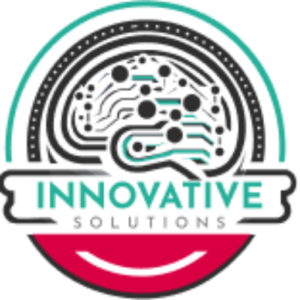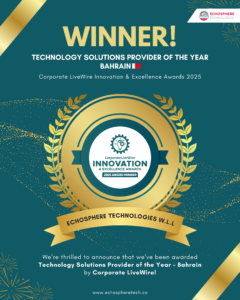In today’s competitive landscape, small businesses and startups are shifting their focus from bells-and-whistles customer features to core operational efficiency. Recent industry research confirms this trend: a 2024 SMB Group study finds that “investing in new technology to automate and improve operations” is the top strategic initiative for 2024[1]. Likewise, Salesforce reports that SMBs are ramping up tech investments to boost efficiency and scale operations, recognizing that smarter internal systems are key to growth[2][3]. In short, leaders now see efficient workflows and integrated tools as the foundation for better service, not just nice extras.
The Hidden Costs of Inefficiency
Many SMBs today struggle under the burden of manual processes and disconnected tools. In the 2024 QuickBooks Business Solutions Survey, 95% of small-business respondents admitted their current systems create challenges – especially manual, repetitive work (54%) and high costs (53%)[4]. On average they spend 25 hours per week on manual data entry or reconciling across apps[4]. This often means juggling a patchwork of spreadsheets and one-off integrations. As one SMB Group analyst report notes, relying on standalone software and manual updates “hinders a fluid exchange of data and the ability to update information in real time,” raising the risk of errors and delays[5]. In practice this can look like outdated invoices, inventory mismatches, or simple miscommunication – all of which sap productivity and profits.
These inefficiencies carry real costs. The QuickBooks survey found businesses typically use 10 different apps to run operations, yet waste about $3,000 per month on unused subscriptions[6]. Around half of SMB leaders say “streamlining systems and operations” is a major challenge[7]. Manually reconciling data not only eats employee time and morale, but slows financial reporting and decision-making[4]. In short, fragmented processes act like a hidden tax on growth.
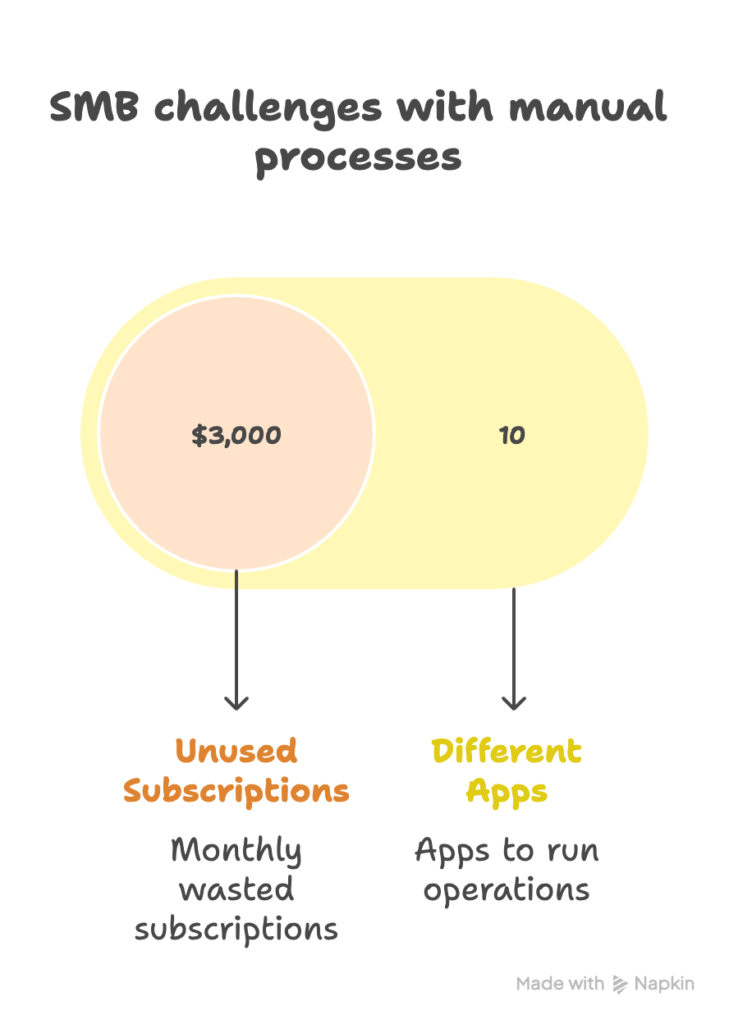
Investing in Operational Tech
Faced with these challenges, savvy SMBs are reallocating budgets towards internal tools. Eight in ten growing small businesses prioritize expansion goals – but over half (51%) admit that outdated systems hold them back[7]. Most are responding by increasing technology spend: Salesforce found 76% of SMBs are spending more on technology this year than last[3]. Crucially, investments are aimed at efficiency. For example, 72% of SMBs in the QuickBooks survey said they want more automation to reduce manual work, and 64% want better integration between their apps[8]. This aligns with SMB Group research showing that nearly two-thirds of small businesses plan to invest in app integration in the coming year[9] – a clear signal that removing silos is a top priority.
Analysts emphasize that modern tech (especially AI) is a key driver of efficiency. Salesforce reports that 90% of SMBs using AI tools say those tools have made their operations more efficient[10]. McKinsey likewise highlights AI’s productivity potential, estimating a $4.4 trillion boost in productivity from corporate AI use[11]. In practice, this means routine tasks (data entry, scheduling, basic analytics) can be handed off to smart software, freeing teams to focus on strategy and growth.
In short, the data is clear: SMBs prioritize operational gains over extra features. By streamlining workflows and automating back-office tasks, businesses can save time, cut errors, and redirect talent toward innovation[4][5]
Practical Technologies to Drive Efficiency
Small businesses today have an abundance of tools to streamline operations. EchoSphere recommends focusing on high-impact solutions:
- Integrated Workflow Platforms: Choose systems that unify multiple functions (CRM, project management, accounting, HR) into a single environment. For example, cloud-based suites or platforms with pre-built connectors eliminate manual data transfer between apps. (Research shows 95% of SMBs agree that app integration is essential for growth[12], and vendors are offering more bundled, all-in-one solutions[13].) With an integrated platform, a customer record updated in sales is automatically reflected in support and billing, eradicating duplicate entries.
- Automated Invoicing and Accounting: Automating billing and financial workflows delivers quick ROI. Studies indicate automated invoicing can cut processing time by up to 80%[14]. In practice, tools like QuickBooks Online or Xero can generate, send, and track invoices instantly, and even trigger automatic reminders. This accelerates cash flow and frees finance staff from chasing down payments.
- Workflow Automation and Low-Code Tools: Use automation engines (e.g. Zapier, Microsoft Power Automate, or built-in workflow builders) to link disparate tools. For instance, a new order entry in a web form could automatically create a sales record, update inventory, and generate an invoice – all without manual intervention. By stringing apps together with no-code workflows, businesses eliminate handoffs and errors.
- Lean DevOps and Continuous Delivery: For tech startups and SMBs with development teams, adopting DevOps practices can dramatically speed feature delivery and improve quality. Automating testing, builds, and deployment pipelines means updates happen quickly and reliably, without overburdening engineers with manual releases. In this way, the same principle – automation over ad-hoc tasks – applies to software delivery.
- AI-Powered Assistants and Analytics: Embedding AI tools (chatbots, virtual assistants, predictive analytics) can handle routine queries and surface insights automatically. For example, an AI assistant could route customer calls or prioritize support tickets based on urgency. Analytics tools that automatically pull together sales, web, and financial data give leaders real-time dashboards, replacing slow spreadsheets. As noted, 90% of SMBs report AI making their operations more efficient[10].
- Unified Back-Office Systems (ERP): Finally, consider consolidating critical functions (accounting, HR, inventory, procurement) into an ERP or a suite of integrated applications. This creates a single source of truth for resource planning and financials. SMBs increasingly demand ERP solutions or platforms with robust marketplaces of add-on apps[13]. While the upfront effort is higher, a unified back-office eliminates reconciliation headaches and scales smoothly as the business grows.
By adopting these technologies, SMBs can tackle common pain points – no more manual invoicing, fewer duplicate entries, and faster data-driven decisions. EchoSphere’s clients often see immediate improvements in cycle time and error rates once such tools are in place.
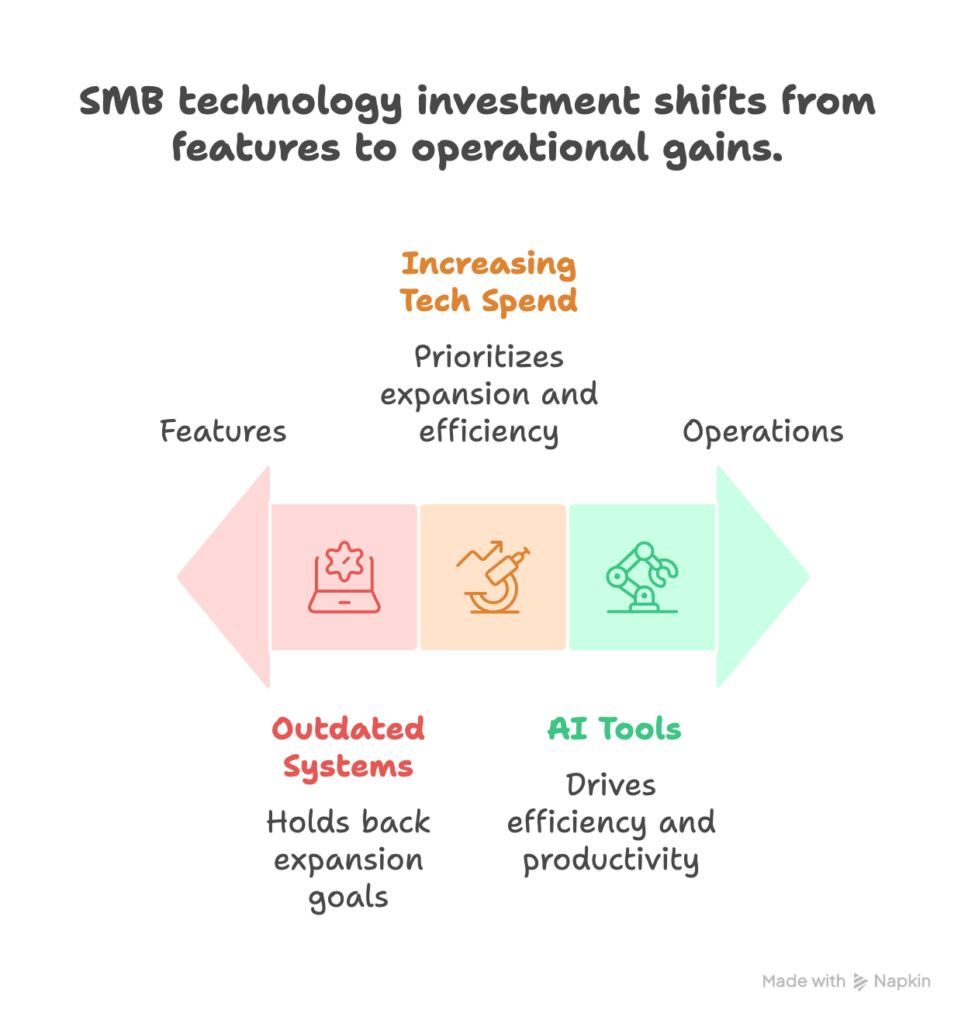
An Action Plan for Operational Excellence
Getting started on efficiency doesn’t have to be overwhelming. SMB experts recommend a step-by-step approach:
- Audit Your Processes: Map out how work really gets done. Identify manual steps (like copying data between apps) and bottlenecks (where approvals lag or errors occur). Involve frontline staff to pinpoint frustrations.
- Prioritize Quick Wins: Look for easy automation gains. For example, start by automating invoicing or approvals. These often have immediate ROI by saving time and reducing late invoices.
- Choose Integrated Tools: When selecting software, favor platforms with open APIs or native integrations. Consolidate critical functions where possible. (Nearly all small businesses say app integration is essential for scaling[12].) Even small purchases – like a shared team chat app instead of separate email threads – can cut friction.
- Implement and Train: Roll out one solution at a time. Provide training and documentation. Make sure to set clear goals (e.g. “reduce reporting time by 30%”) and measure impact. Tools that fail usability tests are rarely adopted – involve the team early.
- Iterate and Scale: Use data to guide the next steps. If a new CRM integration frees up 5 hours of work per week, invest those savings into further improvements (like a project management tool integration). Build on each success systematically.
Following these steps ensures steady progress. As Intuit QuickBooks research notes, companies that tackle integration and automation are far more likely to unlock growth[8][12].
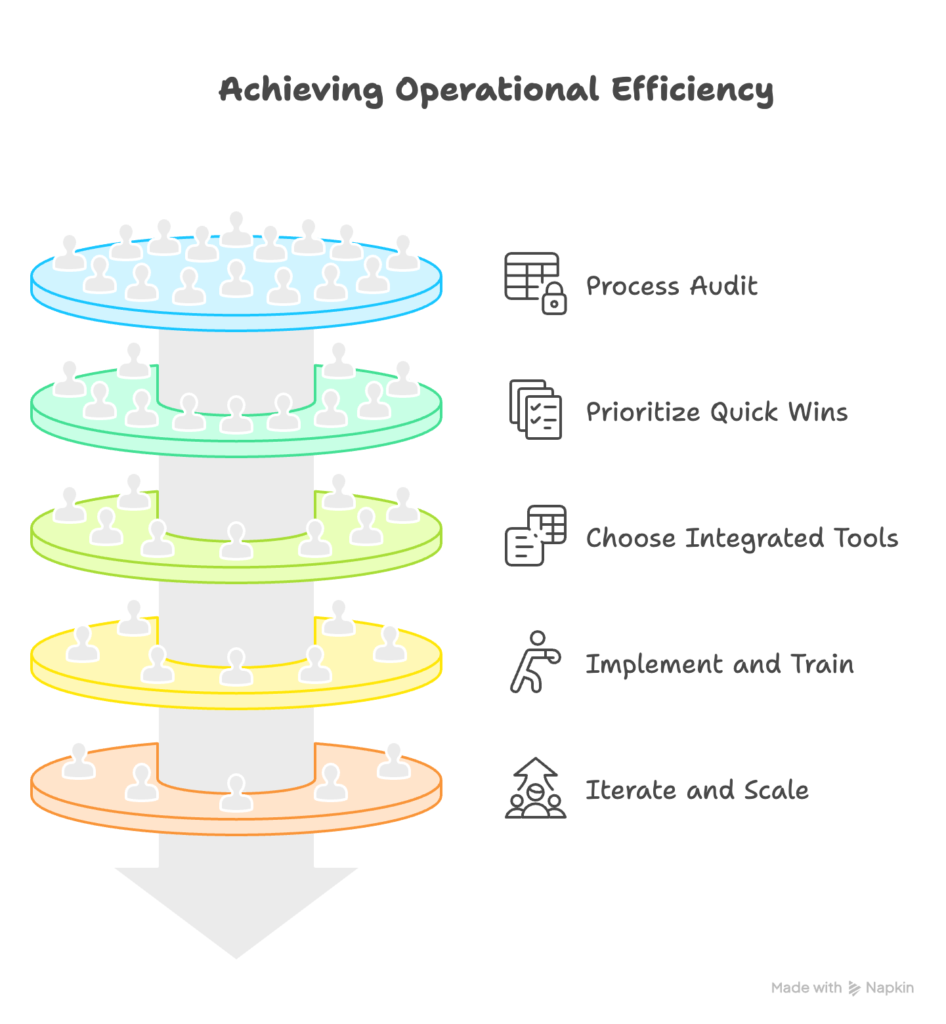
Efficiency as a Foundation for Growth
Streamlined operations do more than trim costs – they set the stage for scalability and innovation. When teams aren’t bogged down by busywork, they have bandwidth to serve customers and experiment with new ideas. Efficient processes also mean that growth is sustainable: adding more orders or staff doesn’t multiply errors or delays. In fact, by investing in efficiency first, SMBs create a platform for future expansion. Industry data backs this up – 95% of small-business leaders agree that connected, integrated systems are crucial to scaling[12]. In other words, operational excellence is not just a back-office nicety; it’s the bedrock of competitive advantage.
Partner with EchoSphere Technologies
At EchoSphere, we understand that each business has its own challenges and ambitions. We specialize in helping SMBs identify hidden inefficiencies and implement the right tech solutions – from workflow automation to AI assistants – so you can reclaim time and focus on growth. Our clients consistently see faster delivery, happier customers, and healthier margins after we streamline their systems.
If your team is juggling spreadsheets and disparate tools, don’t let inefficiency slow you down. Contact EchoSphere Technologies today to discover how we can help integrate your systems, automate your processes, and unlock new levels of productivity. Let’s build an efficient foundation together so you can innovate and scale with confidence.
Sources: Recent industry research from SMB Group, Salesforce, Intuit QuickBooks, and McKinsey highlights the growing SMB focus on operational tech and the benefits of automation[1][2][8][5].
[1] New eBook from SMB Group: 2024 SMB Priorities: Aligning Technology Investments to Business Requirements – SMB Group
[4] [6] [7] [8] [12] 2024 Intuit QuickBooks Business Solutions Report | QuickBooks
https://quickbooks.intuit.com/r/enterprise/business-solutions-survey-2024/
[11] AI in the workplace: A report for 2025 | McKinsey
[14] How Automated Invoicing Can Reduce Processing Time by 80% – Invoicer.ai
https://invoicer.ai/stories/how-automated-invoicing-can-reduce-processing-time-by-80-percent


